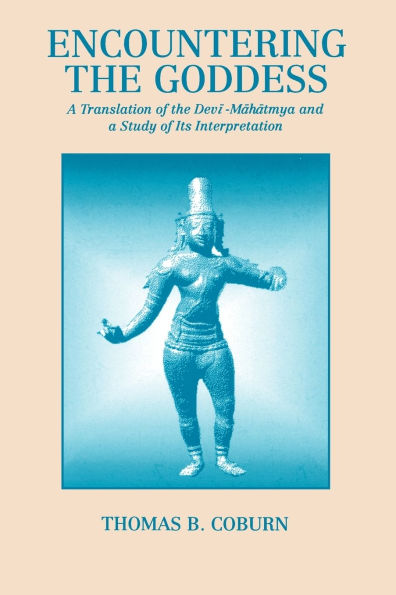One comes away from Coburn's work with a sense of the historical integrity or wholeness of an extremely important religious development centered on a "text." The interaction between the text and later philosophical and religious developments such as those found in Advaita Vedanta and Tantra is quite illuminating.
Relevant here are the issues of the writtenness and orality/aurality of 'scripture,' and the various ways by which a deposit of holy words such as the Devī-Māhātmya becomes effective, powerful, and inspirational in the lives of those who hold it sacred.
One comes away from Coburn's work with a sense of the historical integrity or wholeness of an extremely important religious development centered on a "text." The interaction between the text and later philosophical and religious developments such as those found in Advaita Vedanta and Tantra is quite illuminating.
Relevant here are the issues of the writtenness and orality/aurality of 'scripture,' and the various ways by which a deposit of holy words such as the Devī-Māhātmya becomes effective, powerful, and inspirational in the lives of those who hold it sacred.

Encountering the Goddess: A Translation of the Devi-Mahatmya and a Study of Its Interpretation
272
Encountering the Goddess: A Translation of the Devi-Mahatmya and a Study of Its Interpretation
272
Product Details
| ISBN-13: | 9780791404461 |
|---|---|
| Publisher: | State University of New York Press |
| Publication date: | 05/02/1991 |
| Series: | SUNY series in Hindu Studies |
| Edition description: | New Edition |
| Pages: | 272 |
| Product dimensions: | 6.00(w) x 9.00(h) x 1.00(d) |
| Lexile: | 1630L (what's this?) |
| Age Range: | 18 Years |
